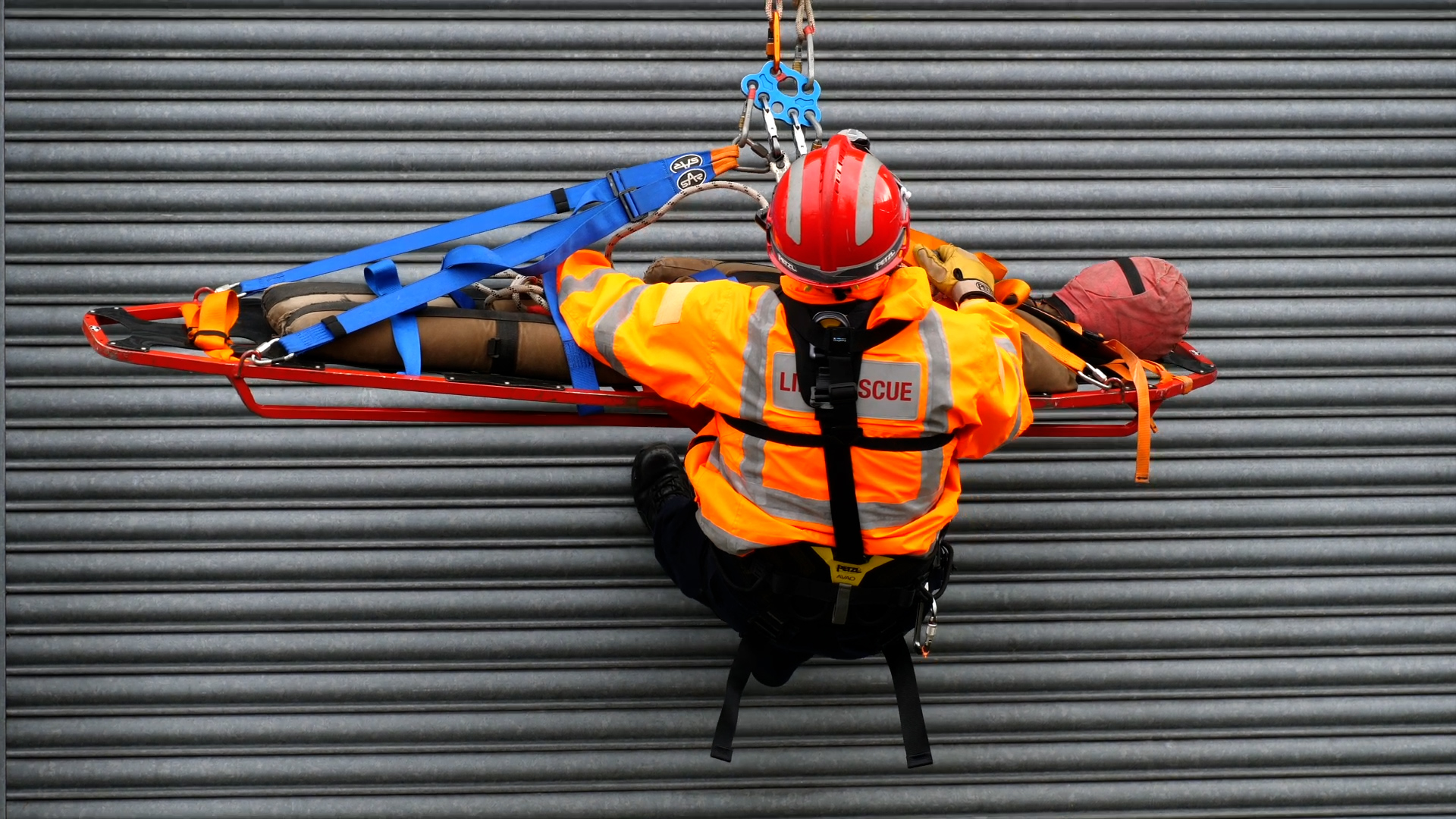Our proposed areas of focus
Climate change and environment
- Changes in the climate are resulting in extreme weather events occurring more frequently throughout the year. This is leading to our demand becoming more seasonal. The availability of our resources therefore needs to reflect this changing demand.
- Wildfires are increasing in scale and intensity, leading to them becoming more challenging to control. Our operational approaches and prevention work need to be designed to meet these challenges.
- Extremes of temperature are causing health issues for people and placing demand on our partner agencies. We believe we can have a positive impact on peoples’ lives.
Health and society
- We are seeing an increase in the number of people experiencing mental health issues. Our colleagues need to be trained and equipped to support people in need.
- There is a significant number of people in Kent and Medway who have complex medical needs. We are an ageing population and the impact on healthcare services is increasing. We see the direct effect of this as we are now being requested to attend more calls to assist the ambulance service. We believe we can help by providing support within our communities.
Rescues
- Fires in the home – while the number of fires in the home are reducing, they remain a key area of focus. We are concerned with the increased use of e-bikes/scooters as when stored and charged in the home they can be a cause of serious fires. We also remain focused on other sources of fires such as white goods like tumble dryers.
- We are a county that has a high number of inland water drownings, which are often located in a small number of hotspot areas. We want a future where no one drowns or is injured. This requires us to look at our prevention work and campaigns, as well as ensuring our teams have the right specialist skills and are in the right locations to undertake rescues.

Major industry
- Fires in waste sites are becoming more common. Incorrect disposal of battery products, such as disposable vapes, are leading to fires in the recycling process. These fires can burn for a long time and significantly impact local communities. Because of their scale and complexity, they can require us to commit large numbers of firefighters for long periods of time.
Buildings and places
- Fires involving alternative fuels leads to faster fire development in buildings. This can result in an increased likelihood of people being seriously injured or killed. This also increases the risk to firefighters.
- The demand for housing is resulting in an increase in the number of commercial buildings being converted to residential use. This transformation often requires substantial changes to the internal layout and structure of these buildings, that can impact both the safety of occupants and how we respond to emergencies.
- An ageing population is creating increased demand for care homes and sheltered accommodation. Fires in care homes involve some of our most vulnerable customers and occur in buildings which can have a complex layout.
- We have a very diverse geography of large urban areas, isolated rural communities, and a long coastline. It can be challenging to deliver the same standard of service across these areas.
Transport
- Vehicle technology has evolved significantly in the last 10 years. We are seeing vehicles that are stronger, leading to a reduced need to cut people from crashes. We are seeing an increase in the number of vehicles which use alternative fuels (particularly lithium-ion batteries), along with a growing trend toward more advanced safety features and automation. This presents new hazards to the public and firefighters.
Utilities, fuel and power
- How we use energy in our homes and vehicles is changing, moving from fossil fuel to renewable energy. As this happens the way energy is produced will change. We will see new infrastructure that will present new hazards and challenges. If things go wrong, we will need to know how to adapt our approach to respond effectively.
- New housing and commercial buildings will need water supplies, including water for firefighting. This will put additional pressure on our water supplies, and we will need to work with water companies to ensure that the water infrastructure provides enough water and is resilient and available to us in emergencies.

Loading...
